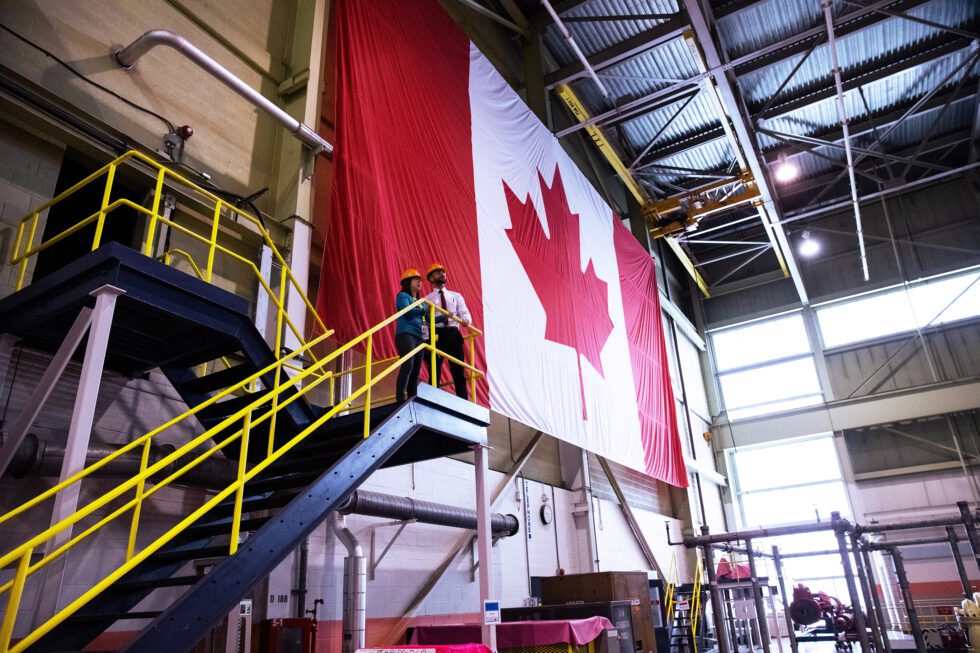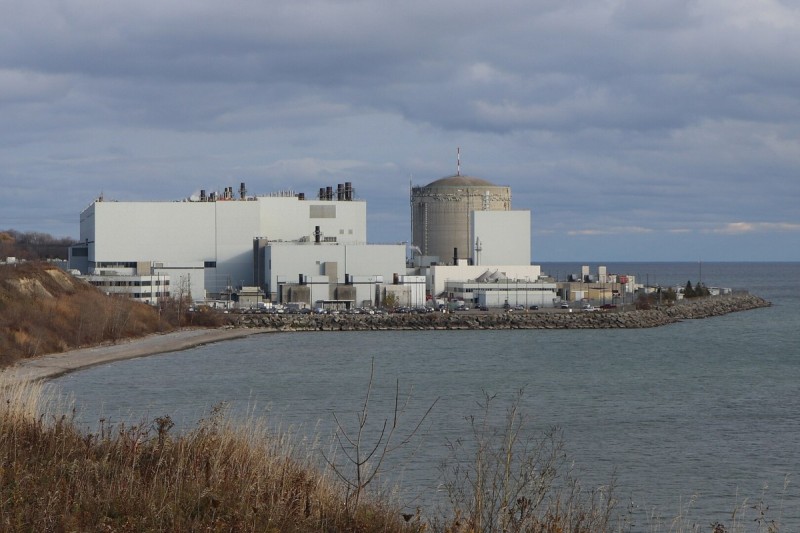If corporations and companies that are about to collapse are worthy of COVID-19 bailouts, so are public services
A number of programs designed to support businesses – and save jobs – were announced by the federal government last week. The latest being the Large Employer Emergency Financing Facility (LEEFF), which provides loans in an effort to bail out large corporations.
Yet while services and jobs at the municipal level face astronomical threats in this time of COVID, they haven’t received the same level of support from Ottawa.
In Toronto’s case, the city has lost hundreds of millions of dollars in revenue from deferred property taxes and the suspension of user fees.
With fewer options to bring money into the city, increased funding by the federal government for municipalities is imperative. So is trust in essential services like public transit to remain operational and safe.
However, reports of individuals not being able to physically distance on the TTC are popping up. A recent photo circulating on Twitter shows riders standing shoulder to shoulder. Public safety is being eroded.
At the same time, climate change remains a threat. Toronto needs to continue on its path of reducing carbon emissions and creating a more resilient city. Public transit is a vital part of that solution.
Transitioning to a post-pandemic world – one in which COVID-19 is our reality but the spread of the virus is managed — means we must centre our collective efforts on adopting a more sustainable lifestyle. The TTC is crucial to reshaping that future. Only a well-funded transit system, including from the province, will be able to accommodate returning riders under new protocols. This means reducing the TTC’s over-reliance on fares to fund operational costs.
Since the beginning of the COVID-19 pandemic, essential workers along with those unable to work from home have continued to rely on public transit. For many, transit is still needed to run errands, shop for groceries and tend to caregiving duties.
But as the expected drop in ridership has occurred – as of the end of April, TTC daily ridership has declined to 300,000 from its pre-COVID number of 1.8 million – not nearly enough attention has been paid to the TTC’s future, despite action to re-open the economy over the coming weeks.
Instead, in the age of COVID-19, it’s mere existence is under siege. Service reductions and staff layoffs have put an already starved service into questionable territory, as the TTC attempts to limit anticipated revenue losses of $300 million by Labour Day.
Trust in public transit is waning
COVID-19 might finally provide the policy window to end decades of underfunding that have resulted in a decaying and inequitable system. Instead of service reductions, the TTC should be increasing services, centred on a plan that paves the path towards a greener and more just Toronto.
It is reasonable to infer that some who rode the TTC prior to the pandemic and have access to alternative modes of transportation may not return. Although it’s hard to predict what that could mean for the city – whether it leads to a rise in car pollution or the adoption of a more neighbourhood-based lifestyle – the TTC’s funding structure makes it vulnerable compared to other transit systems in North America. More than 60 per cent of its operating budget in 2019 was funded through fares. In a post-pandemic, COVID-19 world, drastic changes to the TTC’s funding structure must be made.
If fares aren’t replaced by a larger share in government funding from senior levels as its main source of revenue, the city risks worse service and the likely (and avoidable) scenario of exacerbating COVID-19 infection rates.
If corporations and companies that are about to collapse are worthy of bailouts, so are public services. It’s time for the feds and province to step up. Substantial funding for the TTC is required to rebuild for Toronto’s future.





